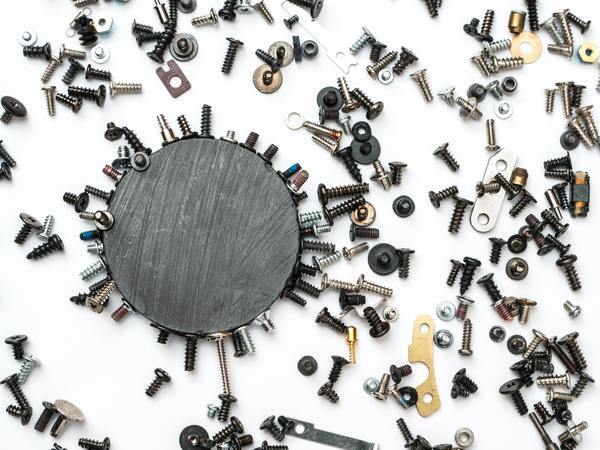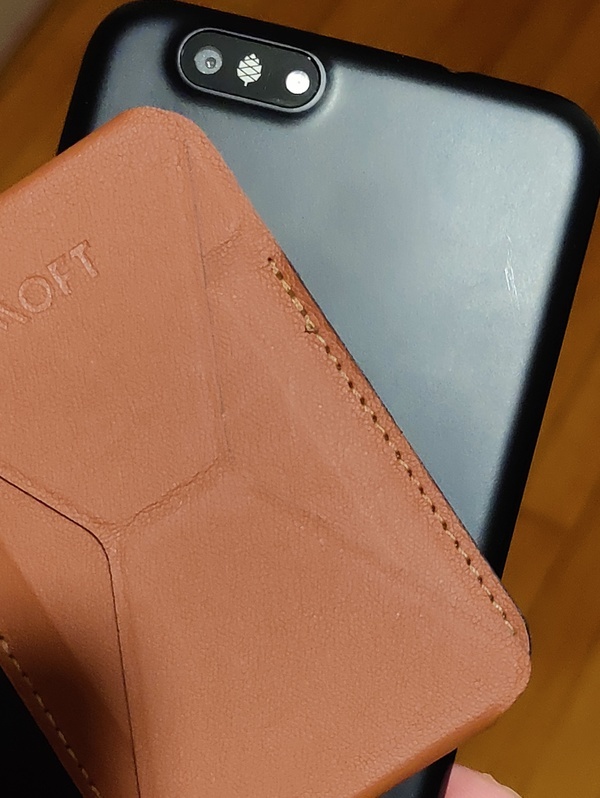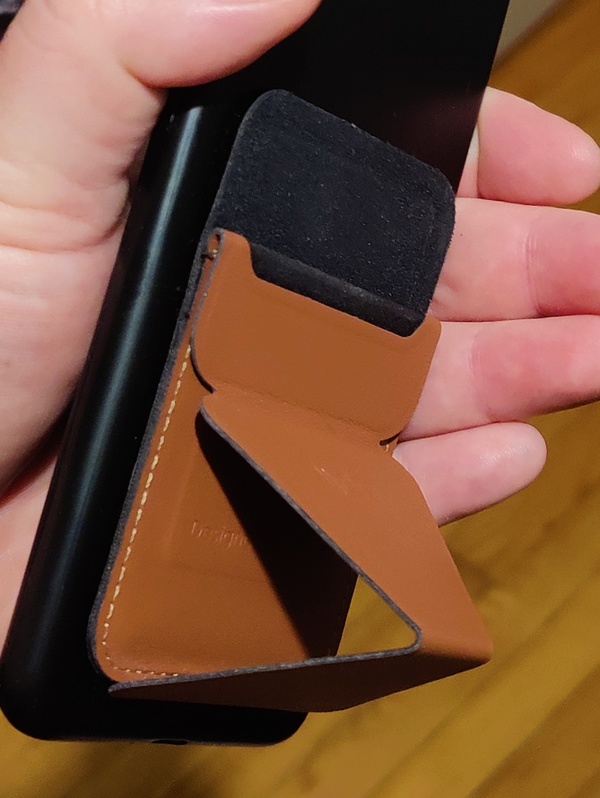
(Dan-Cristian Pădureț/Unsplash)
In recent weeks, I’ve gained an unhealthy obsession with magnets and smartphones. Basically, my problem is this: I think the iPhone’s MagSafe feature is really clever and innovative, but not to the point where I would actually buy one.
So, when I got my OnePlus 9 Pro recently, I decided I would take steps to recreate it. For folks that use iPhones: You should be aware that most Android phones only have a handful of options for cases, rather than the bevy available for iOS devices. So being able to use magnets would offer a lot of utility for us.
And the case I liked for my OnePlus 7 Pro, which had a wallet stand, was not available for the OnePlus 9 Pro, so I was looking for an option B. After a lot of looking, I was intrigued by case I spotted that used a magnetic wallet attachment.
But then I got the case and realized it was designed by someone who had never apparently used a case with a wallet before. So the wallet was immediately on the out.
My next thought—hey, since I have this case with a magnet in the back, I can use the actual MagSafe accessories for the iPhone! And there’s a neat stand on Amazon that would be perfect for this! Clever idea, but the placement of the magnets in the case was strangely incompatible with the stand.
So eventually, I put magnetic strips on the back of my cases (two, for variety). That finally stuck—it allowed me to both use my phone with a case on the back, take said case off when it’s not needed, and not be so huge that I can’t use the phone with my wireless charger. It was magnetic phone nirvana, no Apple needed.


The PinePhone, shown rocking a MagSafe case. Look Ma, no glue!
I thought I had found perfection … well, until I got a hold of a PinePhone this week, a Linux-driven phone with a cheap plastic back and no case. It’s a fascinating device, kind of the raw cookie dough of smartphones, and one I’m looking forward to writing about soon.
But I noticed something about the phone that cracked me up—it supported my MagSafe wallet right out of the box, no additional magnets needed! And well—the attachment was incredibly strong, making it the perfect way to enjoy walking around with a terminal in my pocket.
But wait, the phone is plastic, what gives? Well, I figured out that the thing that was giving the magnet its magnetic pull was the actual battery, which must use a strong metal like iron in its case to pull off a fun party trick like that.
Of course, this leads to another question: Is it safe? As far as I can tell, the answer is basically yes, and in fact magnetic fields are seen as way to actually strengthen the capacity of lithium-ion batteries in some cases. We’ll have to see how that holds, but nonetheless, it’s going to be interesting to see how it holds up over time.
Which is a long way of saying that Pine64 seems to have stumbled into having a marquee feature that Apple heavily promoted—the ability to accessorize the iPhone with magnetic devices—without doing any of the work. I guess because I’m writing about it, the secret’s out.
Time limit given ⏲: 30 minutes
Time left on clock ⏲: 7 minutes, 31 seconds



